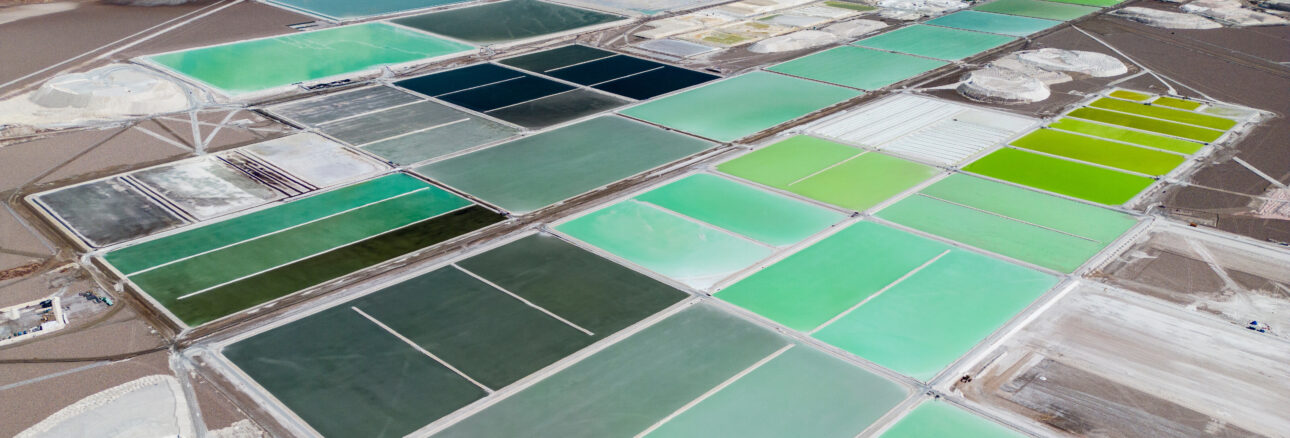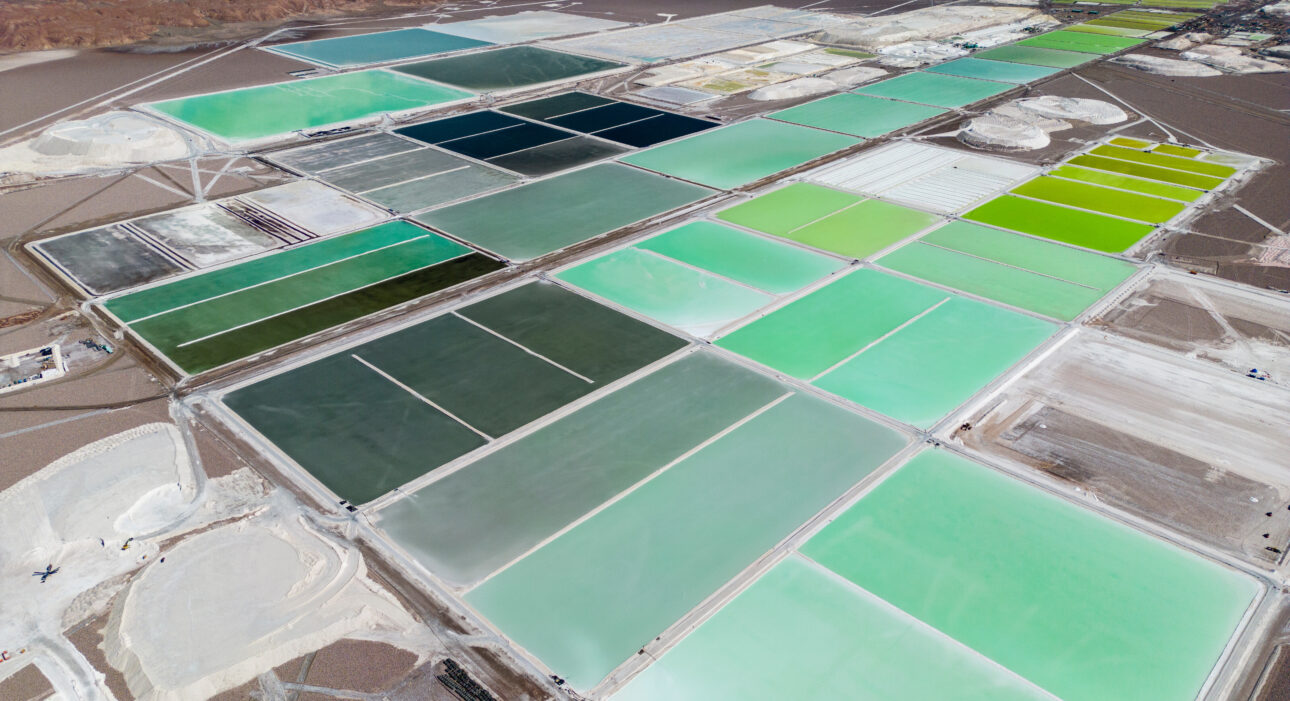Weekly Lithium Lowdown with Chris Williams – Week 42, 2023
Albemarle – Liontown Resources takeover fallout
Albemarle has pulled out of its A$6.6Bn (US$4.2Bn) takeover bid for Liontown Resources citing “growing complexities associated with executing the transaction”.
The move follows Gina Rhinehart’s accrual of 19.9% of Liontown shares. The company was placed into a trading halt before releasing details of a funding package aimed at bringing Kathleen Valley into production.
The package consists of A$376M equity (via institutional placement and a shareholder purchase plan) and A$760M debt (from a syndicate of commercial banks and government credit agencies). The equity is being raised at A$1.80 per share, a substantial drop from Albemarle takeover offer of A$3.00 per share.
Adamas take: The eye-watering 40% drop in valuation is a spectacular conclusion to this high-profile M&A saga. Highlighted are the divergent views of lithium production value by strategic interests versus financial speculators at present.
Chilean lithium strategy underway with binding Lithium Power offer:
Lithium Power International (LPI) has entered a binding scheme implementation deed with state-owned Codelco for A$0.57 cash per LPI share, with an implied valuation of ~A$385M. LPI’s core asset is the shovel-ready Maricunga brine project in Chile. The deal is supported by LPI’s board “in the absence of a superior proposal”, and is subject to approval from shareholders, an independent consultant and the Australian Government’s FIRB. The project’s declared resources total 2.88 Mt LCE, while a 2022 DFS using a volume-weighted-average price of ~US$24,800/t LCE placed a NPV8% of US$1.41Bn post-tax.
Adamas take: No matter the chosen evaluation metric, the valuation is considerably lower than recent Argentinian deals. This is reflective of an M&A process lacking competitive price discovery, as to bid is to compete directly with government.
Bullish for locking up future supply, the precedent should not inspire confidence for Chilean developers as it speaks more to asset nationalization than it does “private-public partnership”. To be fair, the accompanying Tsingshan news is a solid example of the latter.
Chile selects Tsingshan Antofagasta lithium cathode plant proposal:
China’s Tsingshan (under subsidiary Yongqing Technology) will invest US$233.2M in a 120 ktpa lithium iron phosphate (LiFePO4) cathode plant in northern Chile. Chilean President Gabriel Boric recently visited China where the announcement was made.
As part of the deal, Tsingshan has preferential pricing on 11,244 tpa of lithium carbonate from Chile’s SQM (until 2030). Chilean economic development agency Corfo announced a similar deal for Chinese company BYD back in April 2023.
Tsingshan’s plant will create 668 jobs but is also aimed at “transferring knowledge” to Chile as part the broader National Lithium Strategy.
Adamas take: The initiative is a bold but clever means to upskill local industry while using favorable access to the word’s lowest cost lithium units as incentive.
Develop Global achieves key milestone in Essential Metals acquisition:
Develop Global Limited (DVP) has progressed through a positive shareholder vote for the takeover of Essential Metals (ESS). The transaction conducted via 1:6.18 equity swap valued the project at A$152.6M when initiated in July 2023.
The target asset is the scoping study level Pioneer Dome project near Kalgoorlie, Western Australia, which hosts a 11.2 Mt resource at 1.16% Li2O. A number of formalities remain until the transaction is finalized, including a Federal Court of Australia hearing and an independent consultant review, set to conclude on or about the 6th of November 2023.
Adamas take: First initiated with a failed bid from Tianqi Lithium, the 11-month long sale process received an 93% affirmative vote which is unsurprising given the deterioration of market conditions throughout 2023.
Lithium Ionic publishes PEA and updated MRE for Bandeira project:
Lithium Ionic announced its PEA results based on an updated MRE for its Bandeira project in Minas Gerais, Brazil this week. The project now hosts 29.5 Mt grading 1.37% Li2O, including 2 Mt and 11.72 Mt at 1.40% Li2O in measured and indicated categories respectively.
The company envisages an underground mine feeding a 1.3 Mtpa DMS plant, producing both a spodumene concentrate 5.5% Li2O product along with a SC 3% Li2O product via a DMS tailings recovery circuit. The initial CAPEX is US$232.8M, while the all-in sustaining cost CIF China is estimated at US$469/t SC5.5 equivalent. Using a CIF US$1,859/t SC5.5 price the NPV8% comes in at US$1.6Bn post-tax.
Adamas take: Another formidable Minas Gerais project is scoped out. What the development plan achieves on such a tiny tenement may surprise skeptics. The DMS-only plant is comparable to Sigma and Latin, however with the sublevel stoping, throughput is capped and as a result CAPEX intensity is considerably higher. Impressively, OPEX is contained at a level between Sigma and Latin which in a global context is not a bad place to be.
Anson Resources project consolidation adds 45% to MRE:
Anson Resources announced a 45% increase to its mineral resource estimate to 1.5 Mt LCE for its Paradox brine project in Utah, USA. The additional resources derive from the acquisition of the neighboring Green Energy Lithium Project.
The combined resource now has a lithium concentration in brine of 112 ppm and 3,023 ppm bromine. The advanced stage oilfield brine project aims to use Sunresin’s absorption + membrane direct lithium extraction technology which is operational in China.
Adamas take: The project consolidation is a positive step for Anson, however, its rank remains among USA peers using “unconventional” technology with high CAPEX intensity, posing challenges.
Core Lithium adds confidence and ~400 kt to BP33 resource
Core Lithium announced a mineral resource upgrade for the BP33 resource, now 89% in measured and indicated categories (from 69%).
In aggregate, 400 kt of ore has been added for 10.5 Mt at 1.53% Li2O (from 10.1 Mt at 1.48% Li2O) for an incremental +9 kt of contained Li2O.
The underground target is the second in a line of ore bodies to be exploited at the Finniss lithium operation, near Darwin, Northern Territory, Australia.
The project now totals 31.1 Mt of resources (not including depletion from Grants). Underground development is subject to a final investment decision in early 2024.
Adamas take: Any increase in confidence, whether in resource or metallurgy, is especially meaningful to Core at this stage as it recovers from its subpar DMS-only concentrator ramp-up.
Green Technology Metals adds 2 Mt to Root Bay MRE:
Green Technology Metals announced a mineral resource upgrade for the Root Bay resource, adding 2 Mt for a total 10.1 Mt grading 1.30% Li2O (from 8.1 Mt at 1.32% Li2O) for an incremental +23 kt of contained Li2O.
Root Bay is now the company’s largest single resource, spanning 1.3km and remains prospective along strike. There are currently two drill rigs on site testing extensions with an 8,440m 46-hole drill program.
Adamas take: The momentum of resource building at Root Bay is encouraging, although tonnes continue to be added at considerable depth.
Furthermore, the success is at odds with the companies plans to develop the asset after Seymour and accompanying hydroxide facility, a decision likely due to favorable infrastructure connectivity.
Chris Williams, Analyst at Adamas Intelligence
Chris is an Analyst at Adamas Intelligence focused on the global lithium industry. He researches and analyzes the lithium value chain to uncover actionable opportunities for clients.
Chris has 11-years experience in mining and oil & gas operations optimization, delivering value from data intensive insight generation. He completed his Bachelor and Masters of Engineering at the University of Queensland, majoring in Mechanical Engineering, and is currently completing a Masters of Business Administration at the University of British Columbia.
EV, Battery and Battery Materials Market Intelligence:
EV Battery Capacity and Battery Metals Tracker
Building on ongoing EV registrations in over 110 countries, our web-based platform helps users track monthly deployment of battery metals and materials, battery capacity, and the ever-evolving competitive landscapes of battery chemistries and cell suppliers.
EV Battery Capacity Monthly
The ‘EV Battery Capacity Monthly’ is a subscription-based report for tracking monthly deployment of passenger EV battery capacity by EV type, region, country, make, model, cell supplier and cell chemistry on an ongoing basis.
Back to overview



